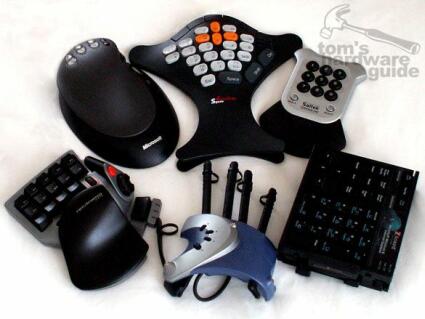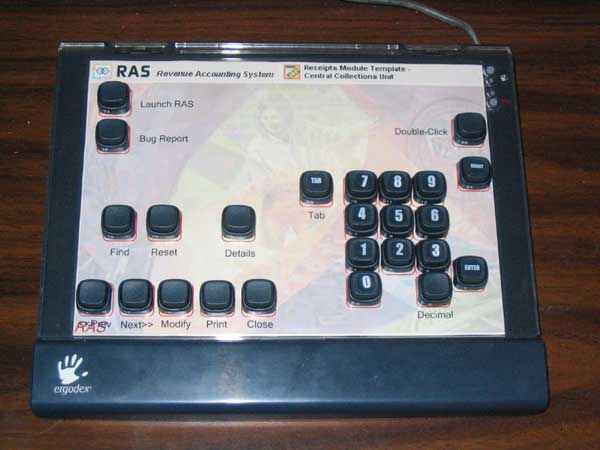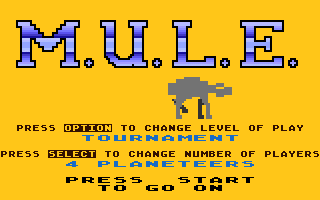The standard computer keyboard is the quintessential human input device. Although it's amazingly adaptable, a recent Tom's Hardware review of the Ergodex DX1 underscores the limitations of the keyboard as an input device-- and also highlights some of the crazier keyboard alternatives out there:
So far, technology hasn't provided us with the ability to customize a hardware interface that meets our individual needs. Thus, we are usually forced to retreat to the 138-year-old quintessence of ubiquity: Christopher Sholes' "QWERTY" keyboard.

This is a collection of just a few of the author's pit stops along his quest to find the perfect input peripheral. (The rest can be found in a landfill somewhere.) They are, clockwise from the top: The Devilfish, Saitek Command Pad, Ideazon Zboard, Essential Reality's P5 Glove, Belkin's Nostromo Speedpad N52, and Microsoft's Strategic Commander.
Keyboard alternatives have always fascinated me. I've owned two of the peripherals the author lists, and I recently ordered the Ergodex DX1.
Unfortunately, my unit arrived DOA and is in the process of being exchanged, but you can read reviews of this unique "have it your way" keyboard in the following places:
- Scott Hanselman, fellow input junkie
- GameSpot
- ExtremeTech
- IGN
- Tom's Hardware
None of these devices, including the Ergodex, are positioned as true "throw away your keyboard" alternatives. I'm not sure that's even possible; I can tell you from personal experience that the struggle to defeat a decade of existing keyboard muscle memory is a losing battle. It's really the same problem the Dvorak keyboard layout has always had. However, these keyboard alternative don't replace but complement your existing keyboard by presenting an optimized subset of what you already know. Even then, it's a tricky business. But I suspect that the extreme flexibility of the Ergodex will make it workable where all the others failed.
Discussion


